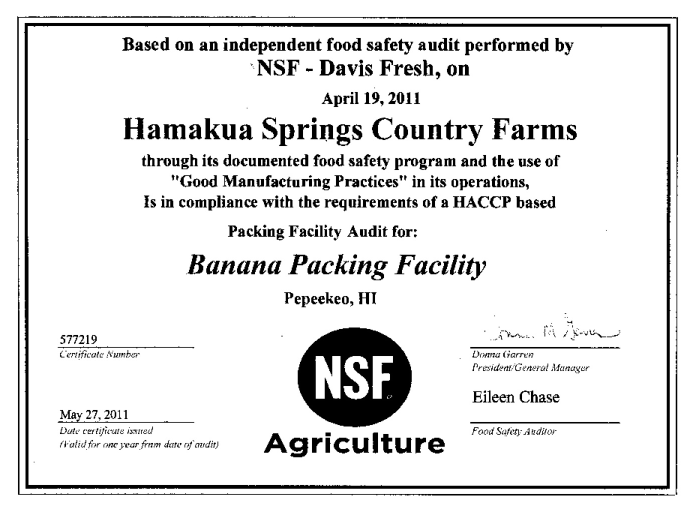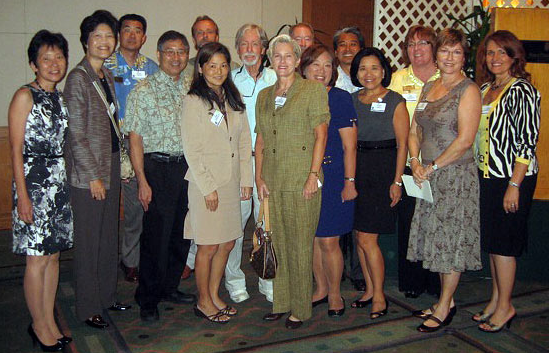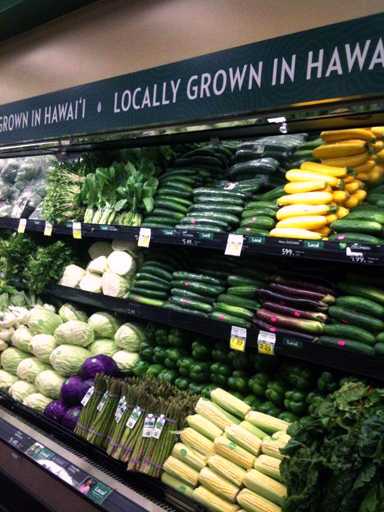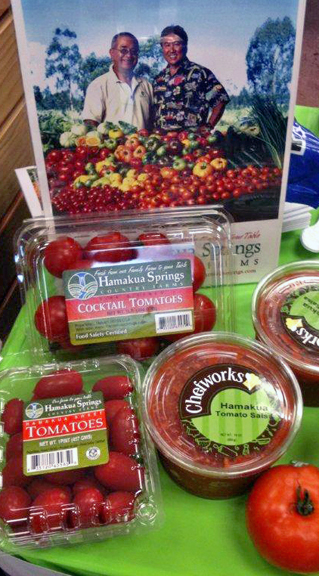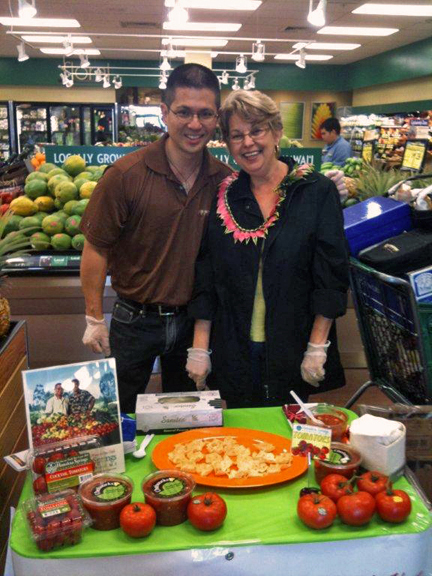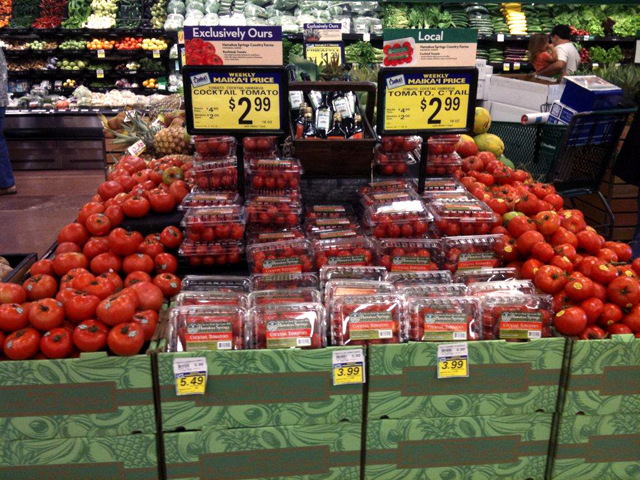Richard just got an email from an 8th grader at Punahou School on O‘ahu. He told me, “Isn’t this wonderful? Intelligent questions. She is asking what their class can do. The kids are trying to save us!”
Her email started like this:
Dear Richard Ha,
My name is L.T. [name removed]. I’m a 14 year old. I’m a 8th grade Punahou School student. Wanda Adams from the Honolulu Advertiser, recommended you to me to answer some questions on a project my class is doing. The project is called project citizen, we choose a problem in our community, research the problem, and then as a class act on the problem. The problem my class chose is that many local farms are struggling because Hawaii is too dependent on imports from the mainland and around the world. Wanda Adams told me that you know a lot about this topic. I have some questions for you about this it if you won’t mind answering….
Richard responded with this:
Aloha L.:
Thanks for your note. As a farmer, I am very encouraged that our young people are aware of the fact that many farmers are struggling, and that you are willing to do something to help. Thank you!
And here is the question and answer part:
Do you have any new information on this problem?
Yes, supermarket produce sales are declining. People have less discretionary income. And they are frequently choosing the cheapest produce they can find. And lots of the time it comes from foreign countries.
How serious is this problem in our community?
Very.
How widespread is the problem in our state or nation?
It is very widespread.
Why is this a problem that should be handled by government?
I don’t know that this is a problem for government to solve.
Should anyone else take responsibilty for solving the problem? Why?
I think it is consumers who can solve the problem. Retailers are very sensitive to their customers wants and needs.
Which of the following do you think is true?
There is no law or policy for dealing with the problem. True
The law for dealing with the problem is not adequate.
The law for dealing with the problem is adequate, but it is not adequate.
What levels of government or government agencies, if any, are responsible for dealing with the problem? What are they doing about the problem?
What are the disagreements about this policy or ways of dealing with it exist in our community?
If consumers would express their support for locally grown food and back it up with action, the retailers would stock more locally grown produce.
Who are the major individuals, groups, or organizations expressing opinions on the problem?
The Hawaii Farm Bureau, Slow Food Hawaii, local chefs, Kanu Hawaii, and there are others. I think that retailers would react positively if they knew that people cared about this subject.
Why are they interested in the problem?
They all realize that food security starts with farmers. And if farmers make money, farmers will farm.
What positions are they taking?
They are all supporting locally grown food. Retailers, however, respond to the wishes of their customers.
What are the advantages and disadvantages of their position?
There are advantages such as keeping money circulating in our economy, protecting ourselves in case of shipping interruptions—it really has to do with survival. We are vulnerable out here in the middle of the ocean. So we should encourage food production from Hawaii. It is wise of us to prepare for the worse and hope for the best.
How can we get information on their positions?
Let me know if you and your friends are interested and I will give you contact information.
How are they trying to influence government to adopt their positions on the problem?
If enough people express their opinions, the politicians and the government will respond.
If my class develops a policy to deal with this problem, how might we influence our government to adopt our policy?
If you can organize a ground swell of support, and are willing to put some time into the effort, you can change Hawaii.
Speaking for farmers: We thank you for asking. We’ve been trying to call attention to this problem. But farmers need to spend their time farming. I think that you might get more results than we can. Beyond this, we are very encouraged that you have this on your radar. And, as representatives of your generation, we are very hopeful for the future of Hawaii.
Mahalo, Richard

